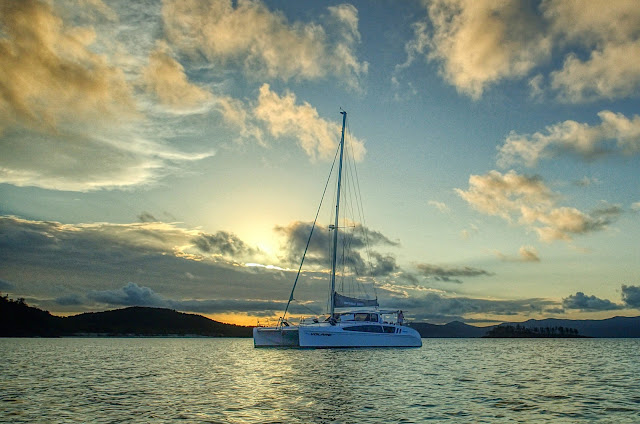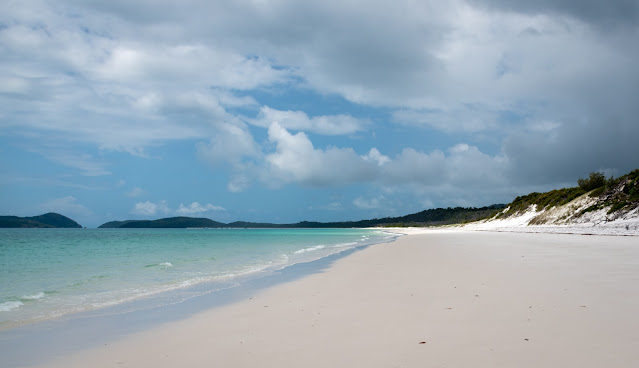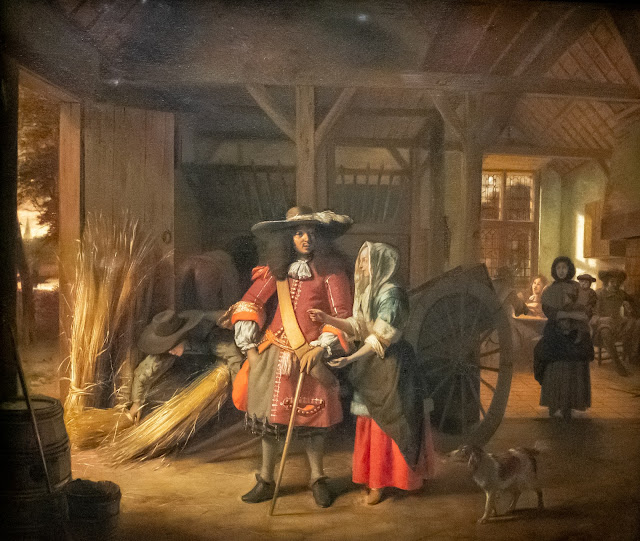Tuesday, 14 December 2021
Whitsunday charter in a Seawind 1260
Monday, 22 November 2021
Lightroom Masks - a photographic breakthrough
1) FOCUS2) LIGHT
With FOCUS, you make the Figure sharp, and the Ground less so. The degree to which you can achieve this depends on 'Depth of Field'. Most simple cameras give considerable depth of field, so that there is no big difference in sharpness between objects at different distances from the camera.
If you want to have a short, or shallow, 'Depth of Field' it is best to use a lens with a wide aperture (hole that the light enters). Zoom lenses tend to either have smaller apertures, or are very heavy and expensive. Prime lenses can't vary their focal length, and tend to be lighter, sharper and cheaper. They also tend to have larger maximum apertures which give the option of a shallow depth of field.
50mm prime lens with aperture f/1.8. Wide aperture, shallow depth of field.
With LIGHT, you can either use natural light, by positioning your subject in such a way that light from a source falls in the way you want, or you can use flash.
Flash has its place, but if it is on the camera, it might cause 'red-eye' when the flash illuminates the retina, or it can often give a sort of flat light picture associated with passport photos.
These things can be countered with off-camera flashes, and other techniques that can be set up in a studio.
They are not easy to do with spontaneous candid photography.
Which brings me to the exciting news of:
3) MASKS
On 26th October 2021, Adobe released Lightroom Classic (Version 11), which includes the ability to automatically select for subject, sky, colour or various other things. This makes it possible to adjust either the selected bit, or the opposite, and play with the settings to generate a clear difference.
Step 1. Take the photo and crop it.
Step 2. Choose 'Mask' and 'Select Subject'. Done by Artificial Intelligence.
Step 3. 'Invert Mask'. (Select everything except the mask)
Step 4. Change the properties of the selected area. Eg Change Exposure, Saturation, etc.
































































